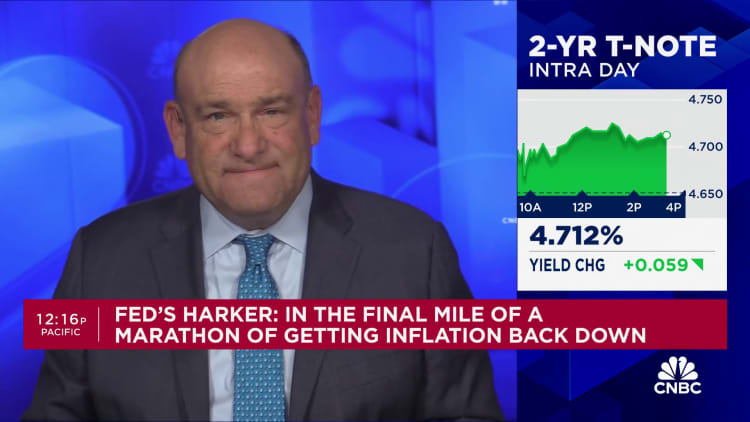Iran’s President Ebrahim Raisi has died in a helicopter crash, state media reported on Monday.
The helicopter carrying the president came down on Sunday in a remote and mountainous region of the country’s north-west, according to Tasnim News Agency, which is closely linked to the elite Revolutionary Guard. Rescue teams battled for hours to reach the crash site, with fog and snow hindering efforts.
State media showed video footage of a convoy of ambulances struggling to make their way through fog up a mountain road. The crash site was in Arasbaran Forest near the border with Azerbaijan, according to Tasnim.

Iran’s foreign minister Hossein Amir-Abdollahian was also on board the helicopter as part of Raisi’s entourage.
They were returning from a visit to the country’s north-western province of East Azerbaijan, where they took part in the inauguration of a dam. The president of northern neighbour Azerbaijan was present at the ceremony as well.
Raisi, 63, was elected in 2021 in a vote with a record-low turnout in the country’s history. He had been expected to seek re-election next year, and his name had emerged in political circles as a top candidate to succeed Iran’s supreme leader, 85-year-old Ayatollah Ali Khamenei.
The president showed unconditional loyalty to the ayatollah and maintained close relations with the Revolutionary Guard. After decades of tense relations between Iran’s presidents and the supreme leader over the extent of their powers, Raisi was the first to end these tensions.
This is a developing story





















































